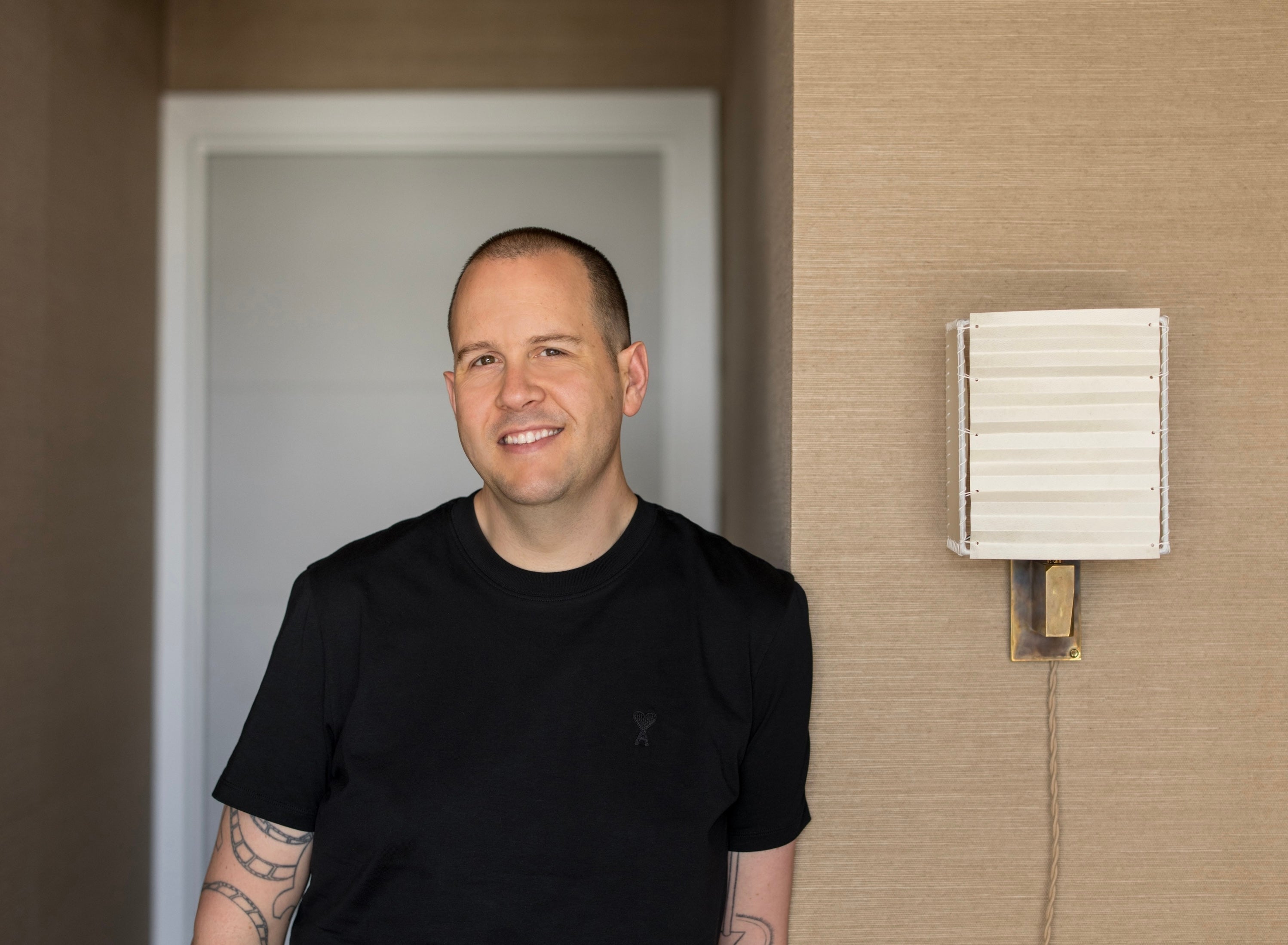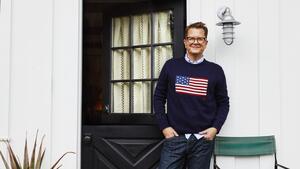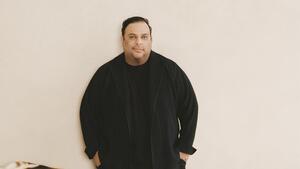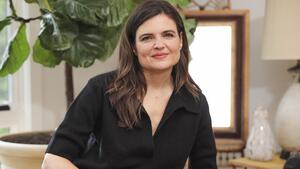When he was first starting out, Brian Paquette had a clear vision of what he wanted his firm to be—and soon found himself well on his way to getting there. Within a few short years of his business’s 2009 launch, he had built up a staff of 12 people, debuted his own retail store, and was quickly becoming one of the rising voices in Seattle’s design scene. When it all came together, he faced a question he never thought he would have to ask himself: Did the original dream still hold up?
“I loved the idea of a brand with all of these facets—the store, the lifestyle, the collections. You’re a personality, and you’re everywhere,” he tells host Kaitlin Petersen on the latest episode of the Trade Tales podcast. “I quickly realized that my social battery gets drained really quickly. I can do all of those things, but the aftermath of all that is not the healthiest [for me].” He also discovered that he was further from the firm’s creative output—moving from meeting to meeting with team members while the company took on work he wasn’t excited about to cover its overhead.
In pursuit of a firm that was in better alignment with his new outlook, Paquette stepped away from the store, downsized his team to just one employee, and returned to the day-to-day design work—the part of the job he was always most passionate about. It was the first of several pivots his firm would make in the years since, including revamping its social media and marketing approach and devoting a full year to refreshing systems, all with the knowledge that changing goals is a sure sign of evolution.
Elsewhere in the episode, Paquette shares why aesthetics alone won’t make him say yes to a project, what he learned from downsizing his team, and how a focus on simplicity inspired his approach to billing.
Crucial insight: If a potential client suggests that they could happily move into one of Paquette’s past projects as is, he takes it as a sign that they might not be the best fit for his firm—and the same goes for clients who have no notes on an initial design presentation. “The aesthetics are a given. We’re going to give you something beautiful, because that’s what we do,” says the designer, who makes the distinction between clients who like the firm’s work and those who like how the firm’s designs could work for them. “Let’s leave that aside for a second and really get down to the nitty-gritty of: ‘What time do you get up in the morning?’ ‘What does comfort mean to you?’ ‘What does function mean to you?’ ‘What are the weird quirks that you need to move through your daily life in a way that has less obstructions?’ The more questions I ask, the better I can serve you—and the more questions I’m going to have for the next client as well.”
Key quote: “Without all these systems and logistics and communications, the ‘pretty’ means nothing. The pretty is going to have a tarnish on it—and that tarnish is going to be your lack of communication, a question gone unanswered and a client feeling like they weren’t supported.”
Listen to the show below. If you like what you hear, subscribe on Apple Podcasts or Spotify. This episode was sponsored by Hudson Valley Lighting Group.






























